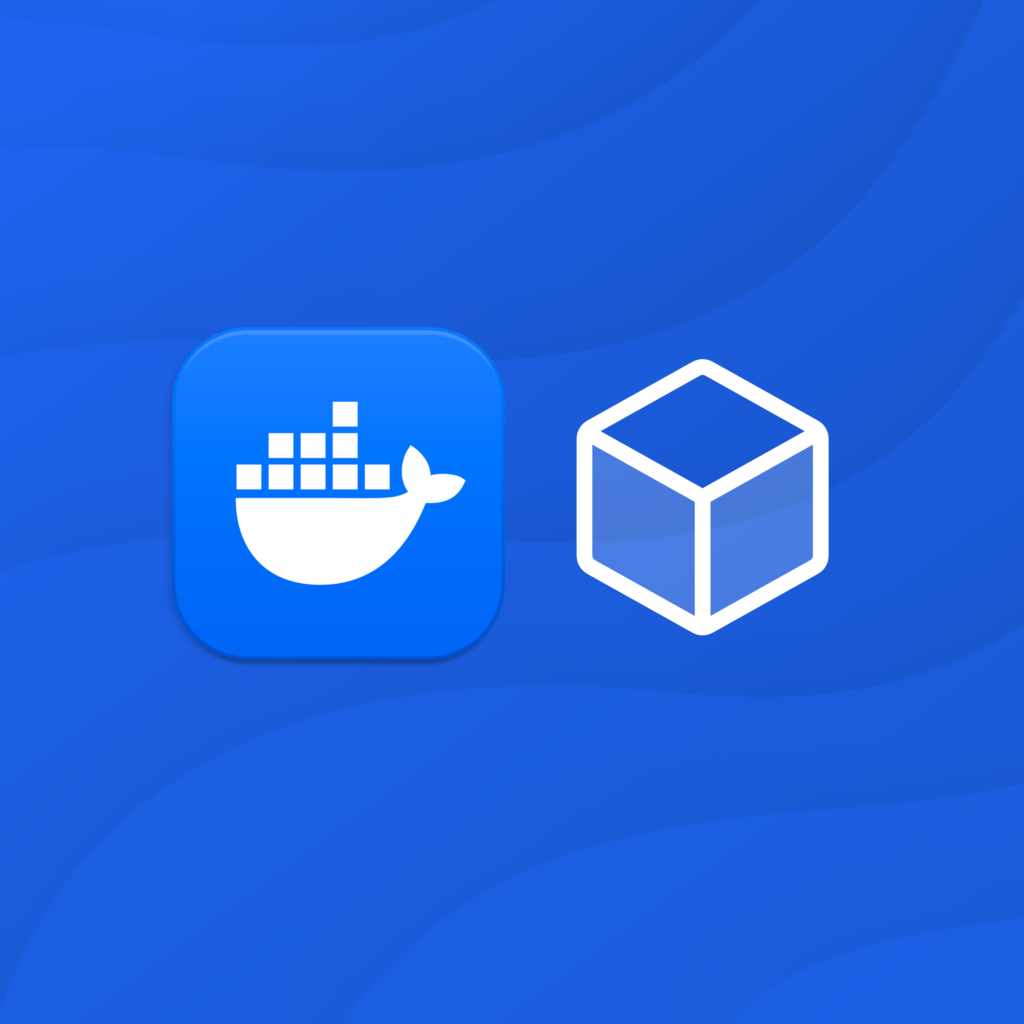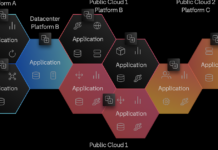Kubernetes has emerged as a vital open-source platform for automating the deployment, scaling, and management of applications housed in containers across clusters of machines. Given its reliability and robustness, Kubernetes is now a preferred choice for orchestrating containers in production settings. However, setting up a full Kubernetes cluster locally for development or testing can be quite complex. This is where Docker Desktop steps in, providing a convenient way to run Kubernetes directly on your local machine. This setup allows developers to easily test microservices, continuous integration and continuous delivery (CI/CD) pipelines, and containerized applications without needing a remote cluster.
For many developers, the thought of getting Kubernetes up and running can be intimidating, especially when working in local environments. Docker Desktop simplifies this process significantly, making it easier than ever to initiate a fully functional Kubernetes cluster. Whether you’re a newcomer to Kubernetes or simply seeking an efficient way to test containerized applications locally, Docker Desktop offers a streamlined solution. This article explores the steps to start a Kubernetes cluster on Docker Desktop and provides troubleshooting tips to enhance your experience.
Important Reminder: The Kubernetes cluster available through Docker Desktop is tailored for local development and testing purposes and is not suitable for production environments.
Benefits of Running Kubernetes on Docker Desktop
Using Docker Desktop to run Kubernetes locally offers several advantages:
- Effortless Local Kubernetes Cluster: A fully operational Kubernetes cluster can be executed on your local machine with minimal configuration. This setup manages network access between the host and Kubernetes as well as storage management, making the process seamless.
- Simplified Learning Path and Developer Convenience: For developers who are already familiar with Docker but new to Kubernetes, having Kubernetes embedded within Docker Desktop provides a smooth learning curve.
- Local Testing of Kubernetes-based Applications: Docker Desktop provides a local environment where developers can test microservices applications that utilize Kubernetes features like services, pods, ConfigMaps, and secrets, without requiring access to a remote cluster. It also facilitates the local testing of CI/CD pipelines.
Starting a Kubernetes Cluster on Docker Desktop
Setting up a Kubernetes cluster on Docker Desktop involves three straightforward steps:
- Download Docker Desktop: Begin by downloading the latest version of Docker Desktop from the official Docker website.
- Install Docker Desktop: Proceed with the installation on your preferred operating system. Docker Desktop supports a variety of operating systems including macOS, Linux, and Windows.
- Enable Kubernetes in Settings: Within Docker Desktop, navigate to the Settings menu, select Kubernetes > Enable Kubernetes, and then click Apply & restart to initiate a one-node Kubernetes cluster. The duration for setting up the Kubernetes cluster depends on your internet speed to download the necessary images.
Once the Kubernetes cluster is successfully initiated, its status can be verified from the Docker Desktop dashboard or using the command line.
Verifying Kubernetes Cluster Status
- Dashboard Verification: From the Docker Desktop dashboard, a green dot next to Kubernetes indicates that it is running.
- Command-Line Verification: Execute the command
kubectl get nodeto check the status. A response indicating that the node is "Ready" confirms the successful initiation of the Kubernetes cluster.Support Options for Kubernetes
While Docker Desktop includes Kubernetes, it does not provide official support for it. However, if you encounter any issues, several resources are available to assist you, including the Docker community, comprehensive Docker guides, and GitHub documentation.
Troubleshooting Common Issues
Generate a Diagnostics File
Before diving into troubleshooting, create a diagnostics file using your terminal. For instance, on a Mac, you can generate this file with the command:
bash<br /> /Applications/Docker.app/Contents/MacOS/com.docker.diagnose gather -upload<br />This command will inform you where the diagnostics file is saved. Unzip the file to access logs related to Docker Desktop.
Examine Logs for Errors
Analyzing logs instead of making assumptions is a best practice when troubleshooting. Understanding the components of Kubernetes and their functions is crucial. Focus on specific component logs and search for keywords like "error" or "fatal." Utilize commands like
grepin macOS or Linux terminals to search for these keywords within the logs.Troubleshooting Example: Starting Cluster Issues
If you face issues starting the cluster, it could be related to the Kubelet process. The Kubelet acts as a node-level agent aiding in container management within a Kubernetes cluster. Check the Kubelet logs, usually located at
log/vm/kubelet.login the diagnostics file.A common issue could be network restrictions preventing the necessary Kubernetes images from being pulled. You may notice errors related to failing to pull these images.
Checking Required Images
Typically, ten images are necessary to set up the cluster. Run
docker image lsto verify if all images have been successfully pulled. If any images are missing, a workaround is to save the missing image from a machine where the cluster starts successfully, transfer it to your machine, and then load it using Docker commands.Reset or Reboot
If previous troubleshooting steps did not resolve the issue, consider rebooting your machine or resetting the Kubernetes cluster:
- Reboot: Restarting your machine can often clear transient states and restore the system, potentially resolving issues.
- Reset: Navigate to Settings > Kubernetes > Reset the Kubernetes Cluster. This action reverts the cluster to a clean state, clearing misconfigurations or stuck resources.
Additional Resources
For any error messages encountered, search for known Kubernetes issues on GitHub to find potential workarounds or upcoming fixes.
Conclusion
This guide provides a straightforward approach to starting a Kubernetes cluster on Docker Desktop, enabling developers to effectively test Kubernetes-based applications locally. The process offers a simple setup, an accessible learning curve for beginners, and the capacity to conduct tests without relying on a remote cluster. Additionally, it includes troubleshooting tips and resources to address common challenges. Whether you’re starting out or looking to enhance your local Kubernetes workflow, Docker Desktop’s Kubernetes integration is worth exploring.
Further Learning
For more information and detailed guides, visit the Docker documentation and explore the vast array of resources available to enhance your understanding and usage of Kubernetes with Docker Desktop.
For more Information, Refer to this article.


































